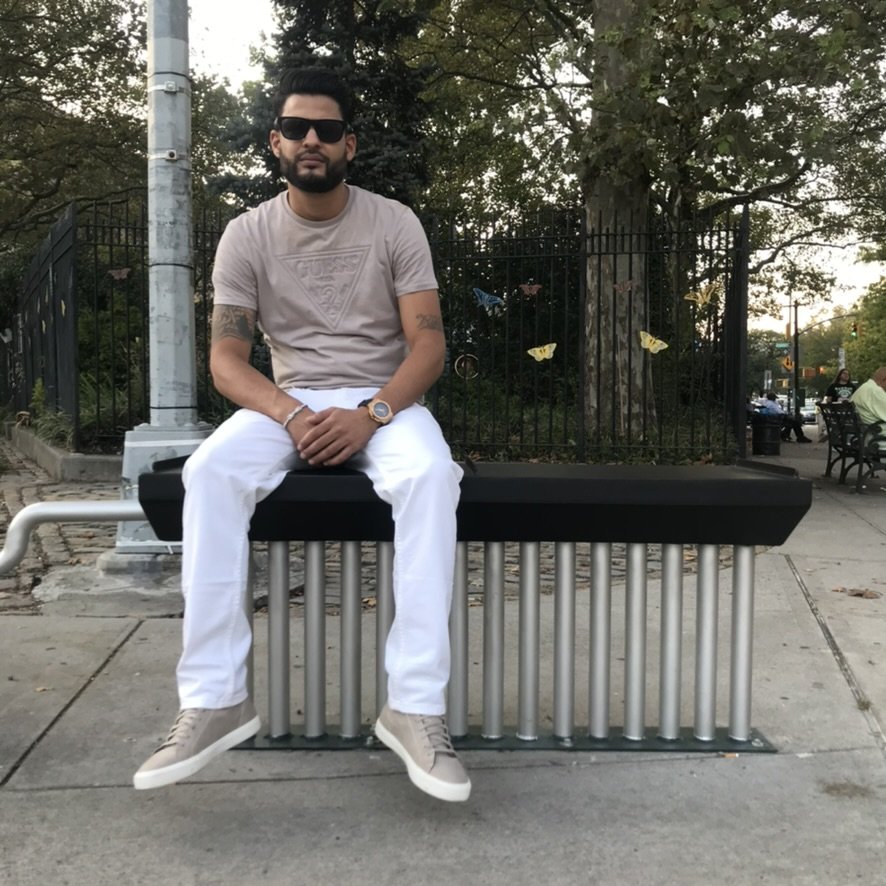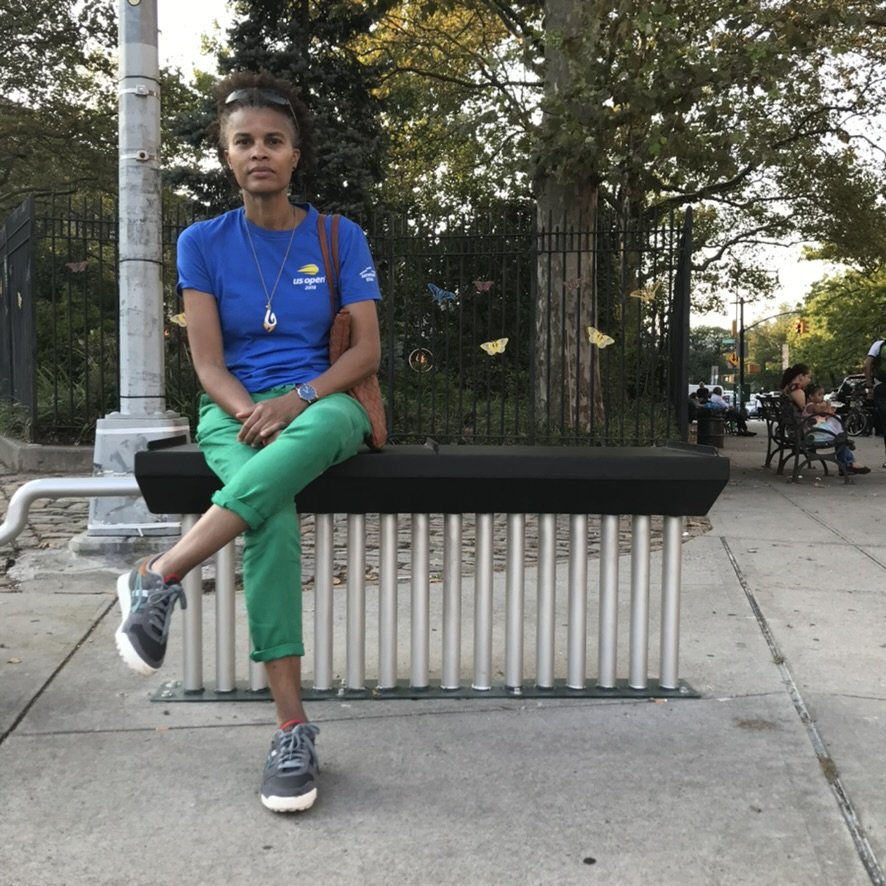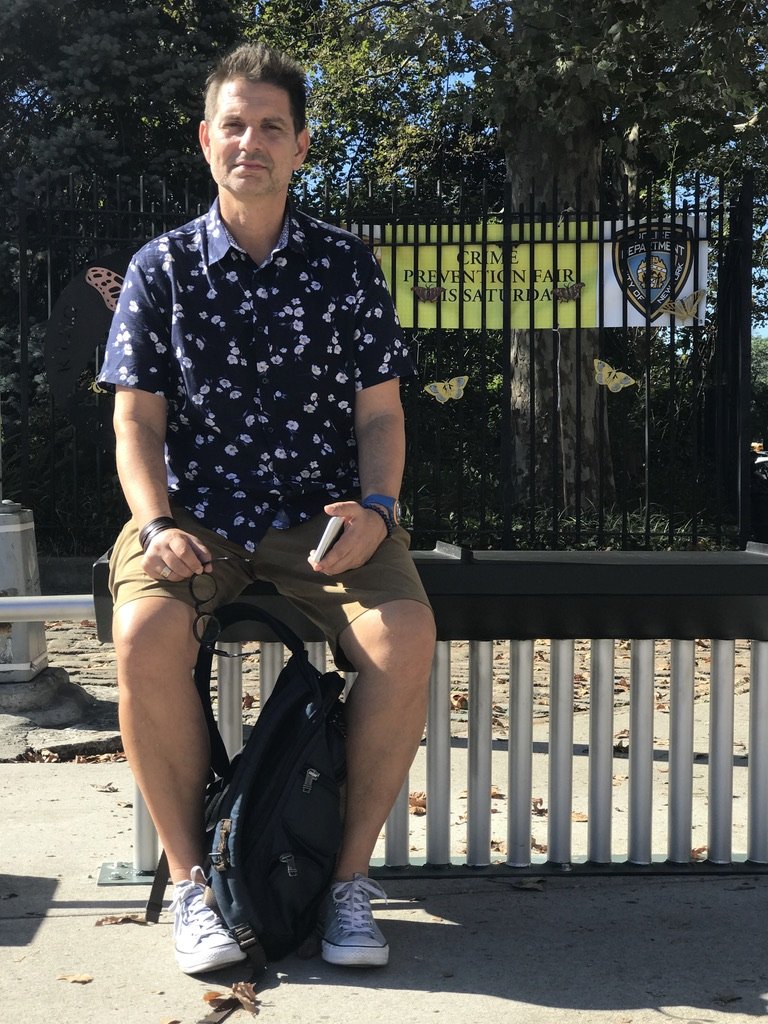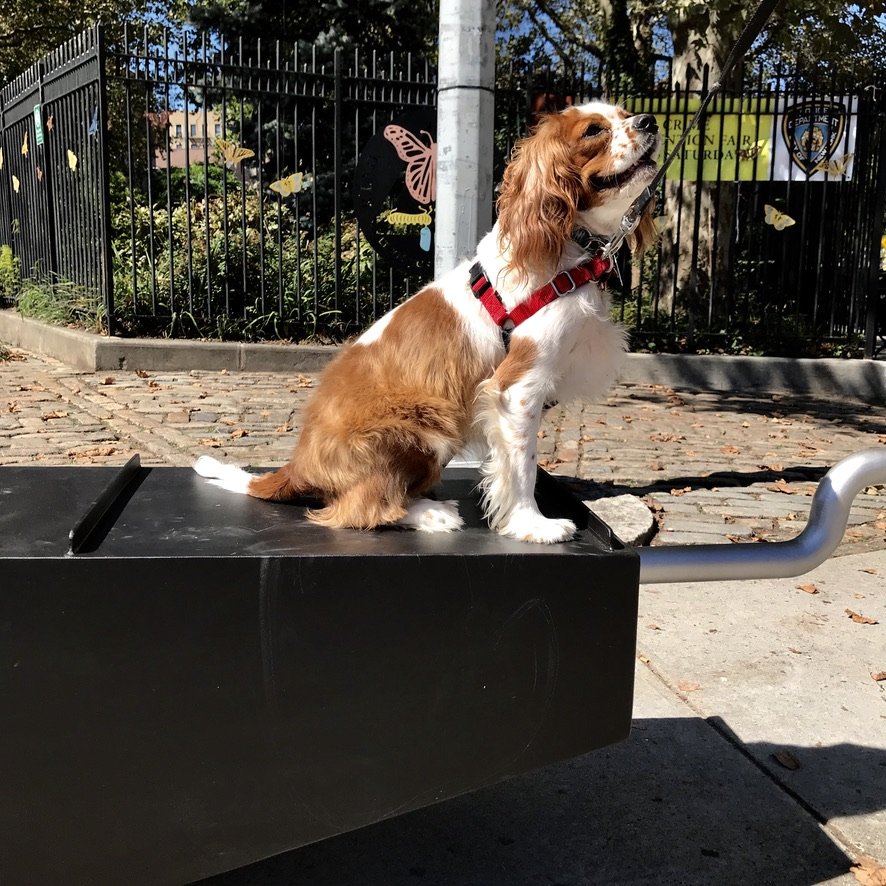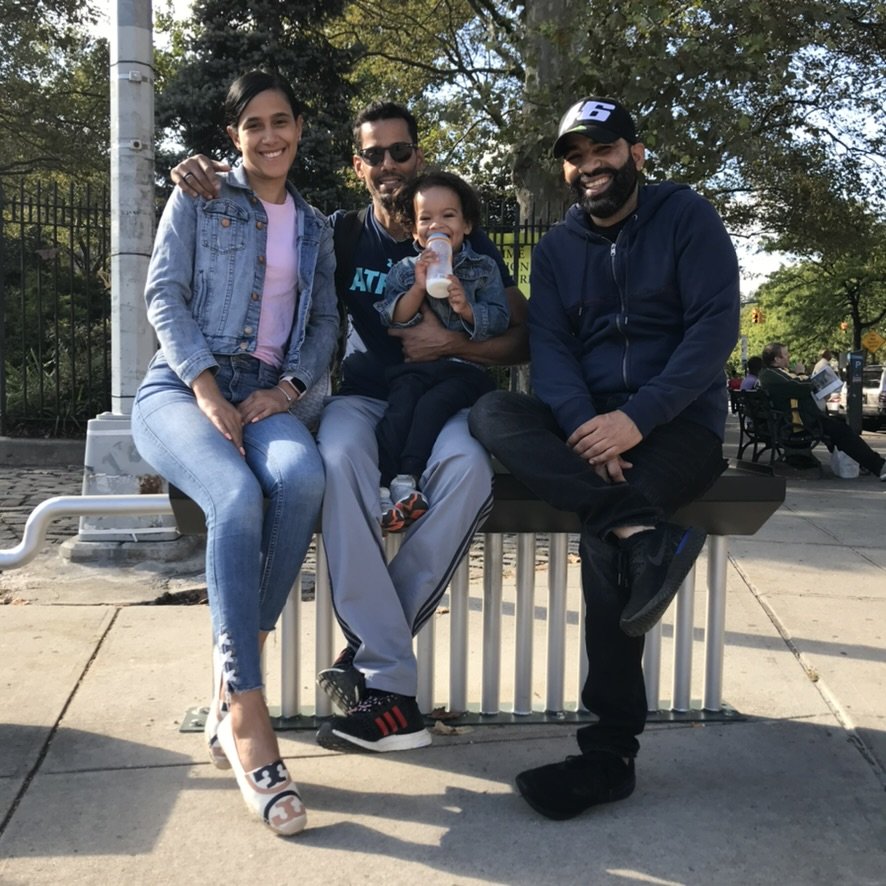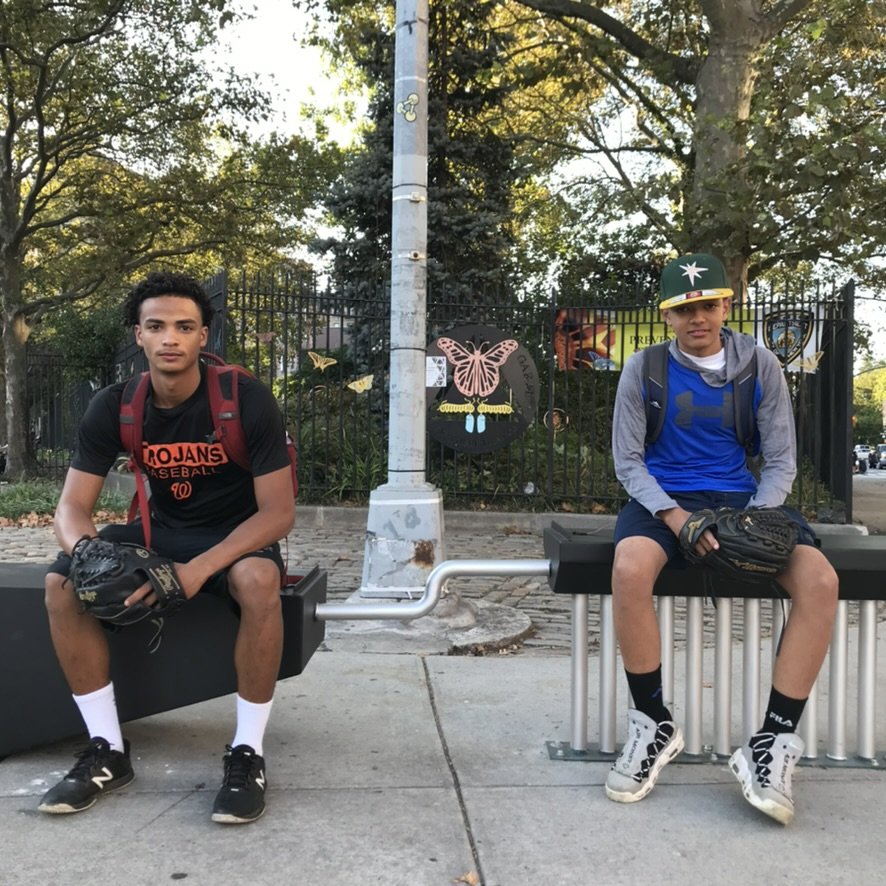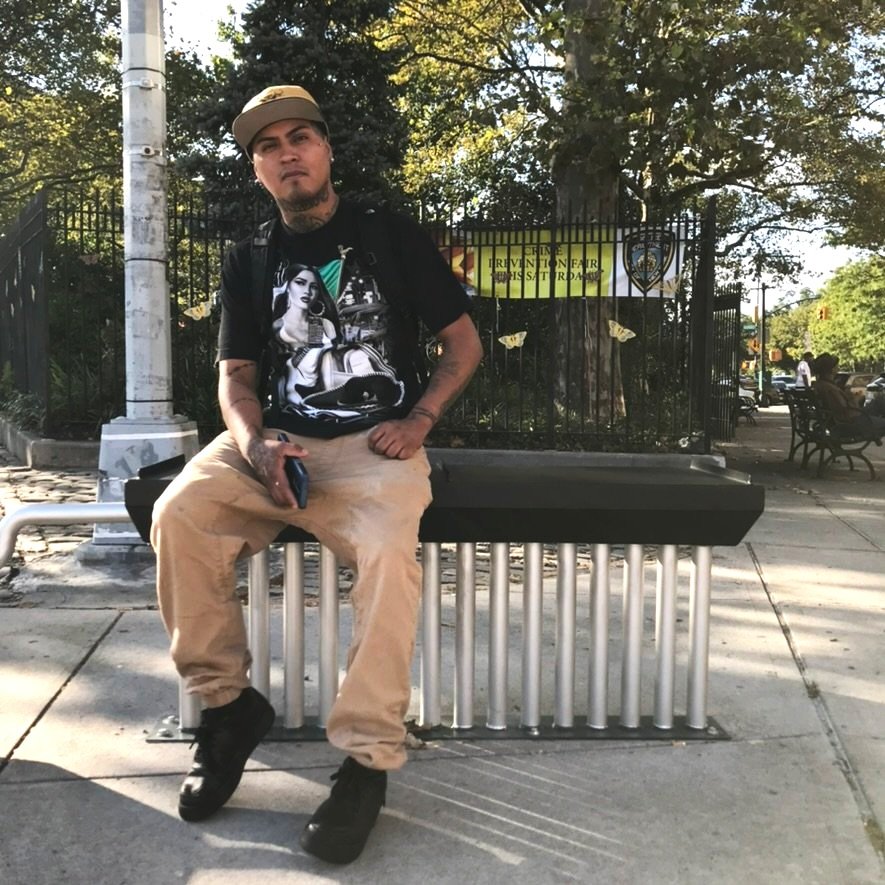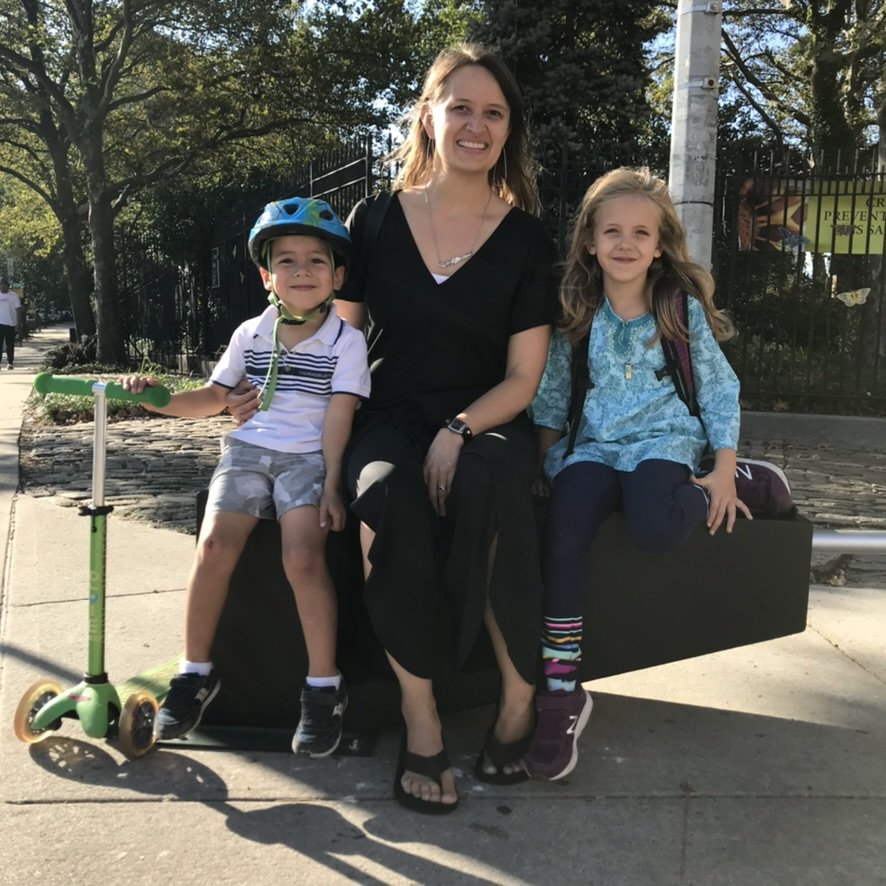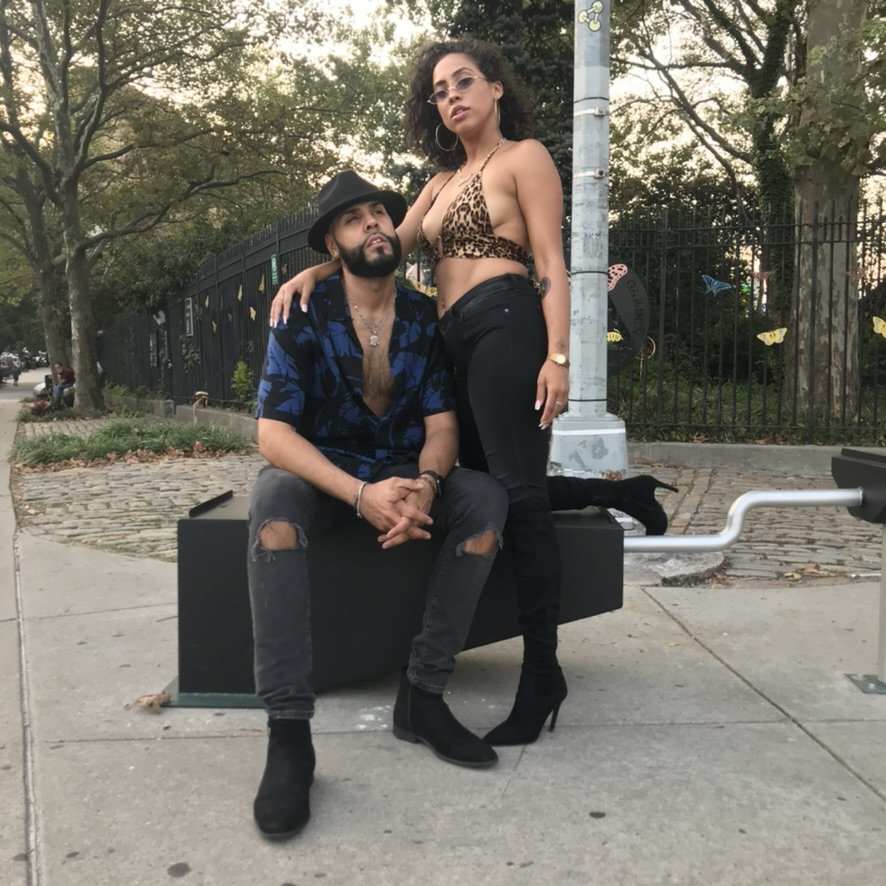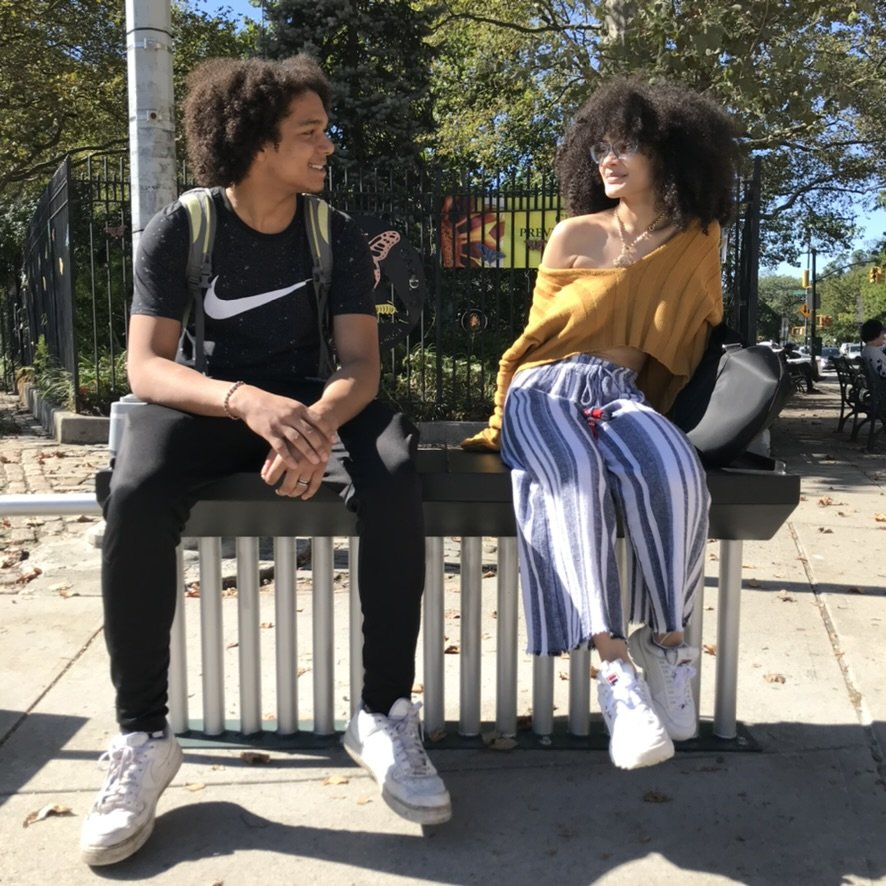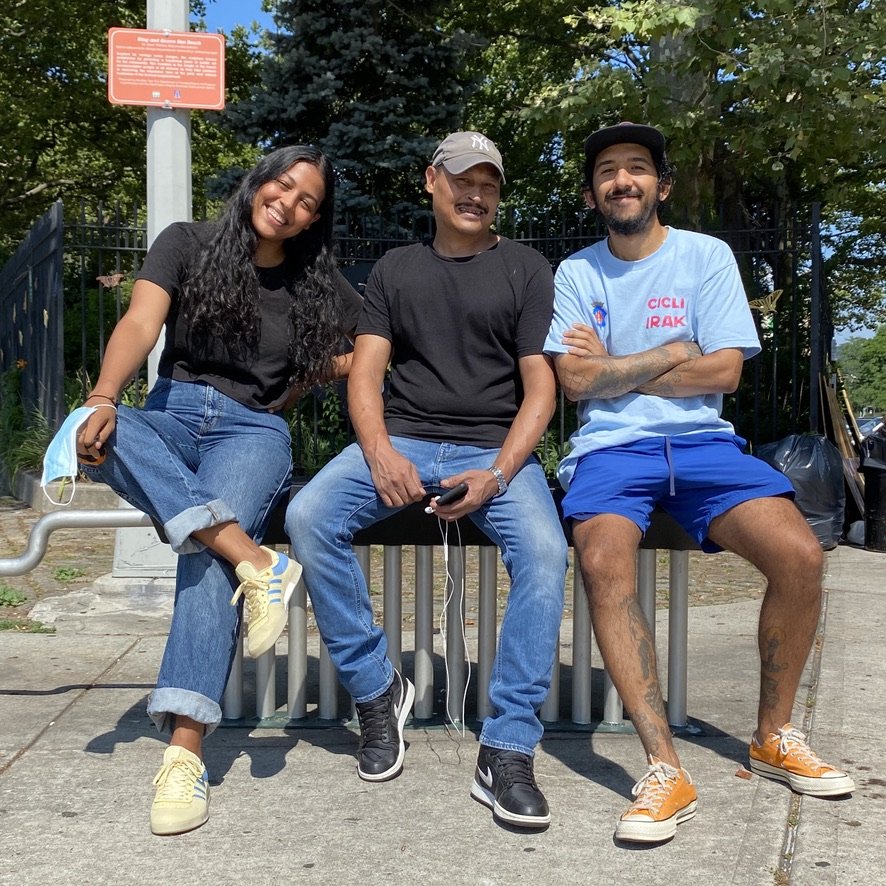The King and Queen Size Bench
The King and Queen Size Bench in Inwood, New York, which stood from 2019 through 2021, was a community-based public art project by Jason Wallace Studio, presented by the NYC Department of Transportation's [D.O.T] Art Program in partnership with the Washington Heights Business Improvement District. Inspired by vintage comb designs, particularly the iconic Afro rake pick, the sculpture honored pedestrians by providing a functional piece of art that resonated with the community. The bench’s varying heights were thoughtfully designed to accommodate people of all statures, inviting them to relax and enjoy the expansive views of the park and vibrant businesses in the Inwood neighborhood. Reflecting the studio's commitment to inclusivity and shared spaces, the bench symbolized unity, strength, and the beauty of diverse experiences.
During the pandemic, the King and Queen size bench emerged as an unexpected yet fortuitous sanctuary for those seeking refuge from the confines of their homes in the Inwood neighborhood of Manhatten. Designed to accommodate people of all statures, the bench offered a practical and thoughtful solution for socially distanced interactions. The design coincided with the pandemic's unique challenges in a way that could not have been planned. As public spaces became critical for maintaining mental and emotional well-being, the bench provided a safe and comfortable environment for people to come together while adhering to health guidelines. This public art piece not only met an urgent need for social distance but also fostered a sense of community and connection during a time of physical separation. By offering a space where people could commune safely outdoors, the benches played a significant role in helping the community reconnect and navigate the complexities of the pandemic.
Living in Washington Heights, I often visit the area where the King and Queen size bench was located. That proximity allowed me to photograph people from the community interacting with the bench frequently, and to engage them in conversations about the deeper significance of the piece. I emphasize that the bench was not merely a physical sculpture, but was designed to foster social interaction and community engagement.
Part of the joy of creating public art lies in witnessing how the piece evolves beyond its initial conception. Seeing the bench become integral to the community's daily life and observing how it takes on a new meaning for those using it was incredibly fulfilling. It's gratifying to watch the community embrace and possess the object, validating the success of the experience I aimed to create through my work. This dynamic interaction between the artwork and the people it serves highlights the true essence of public art and its power to connect and enrich communities. This highlights where my interest in art started being from Chicago, a city at the forefront of public art, where we would be driving in the car and I would see murals in underpasses or on the sides of buildings. The democracy of public art being able to serve the people who need art the most has always been at the center of my art-making process.
‘Crosshairs’
The 70's afro comb made by M.A. Industries originally was a signifier for Black unity but was "caste" as a symbol for the Black Power movement by the mainstream media. There is a certain irony of one being in their natural state but viewed as nonconforming; which leads one to question whether there is room for acceptance from any other point of view than mainstream Western culture. 'Crosshairs' draws to mind how in many African societies, ancient and modern, the hair pick symbolized status, group affiliation, and religious beliefs. The afro-pick is encoded with rituals connecting the African diaspora as an artifact that spans more than 6,000 years. 'Crosshairs' is a reclamation of history and narratives as the raised fist was originally a call for 'unity', but then was branded as 'Black Power' by the media once the Black Panthers Party adopted the hand gesture. Also, 'Crosshairs' plays on the fact that what makes you powerful, might also make you a target.
In 2016, my inaugural public art project, ‘Crosshairs’, represented a pivotal moment in my artistic career. This work, which prominently featured the Afro Comb | Afro Pick, marked my first foray into public art installations and my debut exhibition in Harlem, New York, while I was completing my MFA at Tufts University | SMFA. Commissioned by the NYC Department of Parks and Recreation in collaboration with the NYC Department of Transportation (D.O.T.), *Crosshairs* was displayed at Marcus Garvey Park during the Flux Public Art Fair.
The success of *Crosshairs* not only established my presence in the public art sphere but also set the stage for subsequent projects and influenced the work of other prominent artists. This project demonstrated the impact of integrating culturally significant symbols into public spaces and underscored the potential for public art to engage and inspire diverse communities.
Black Lives Matter Street Mural
Harlem, NYC
In the summer of 2020, during the pandemic, I had the honor of creating the Black Lives Matter street mural at 125th and Adam Clayton Powell Boulevard. This project, one of my first major commissions during that time, stands as a bold symbol of solidarity and justice amid global and social upheaval.
Located in Harlem, a historically significant area, the mural embodies the spirit of resilience and the urgent call for change. Through vibrant colors and powerful messaging, it not only contributed to the visual landscape but also served as a beacon for ongoing dialogue and reflection on the movement’s core values.
This work reaffirms art’s capacity to inspire and unite communities, offering a powerful statement in a pivotal moment of history.
The mural featured motifs such as targets, cautionary yellow, and the Pan-African colors (red, black, and green), with the raised fists for powerful iconography to deliver an impactful message. These elements were chosen for their strong visual presence and symbolic resonance. The targets emphasize focus and urgency, while the yellow highlights the need for vigilance. The Pan-African colors and raised fists are beacons for solidarity and empowerment.
Harlem, NYC
In 2020, an election year marked by the COVID-19 pandemic, the act of voting took on new urgency and apprehension with widespread fear. As the public faced fears of the virus spreading and uncertainty around vaccinations, I worked with Harlem natives to create the "I Am the Vote" initiative. Painted on a steel gate between 126th-127th Street on Lenox Avenue, this mural was a ‘call to action’ for the Harlem community.
The artwork served as a powerful reminder that even in times of crisis, emphasizing that every vote counts. "I Am the Vote" was designed to inspire confidence and encourage participation in the democratic process, urging people to express their civic duty without swaying them toward any particular party affiliation. It reinforced the message that our voices are essential, especially when the stakes are high.



